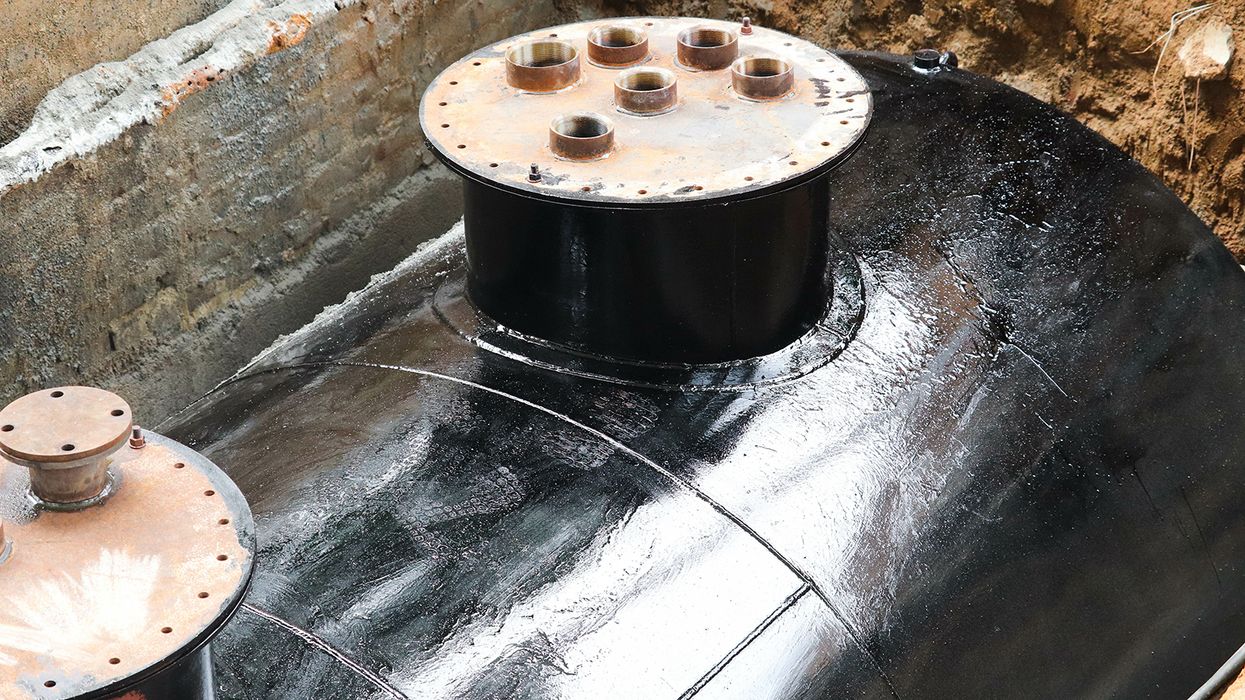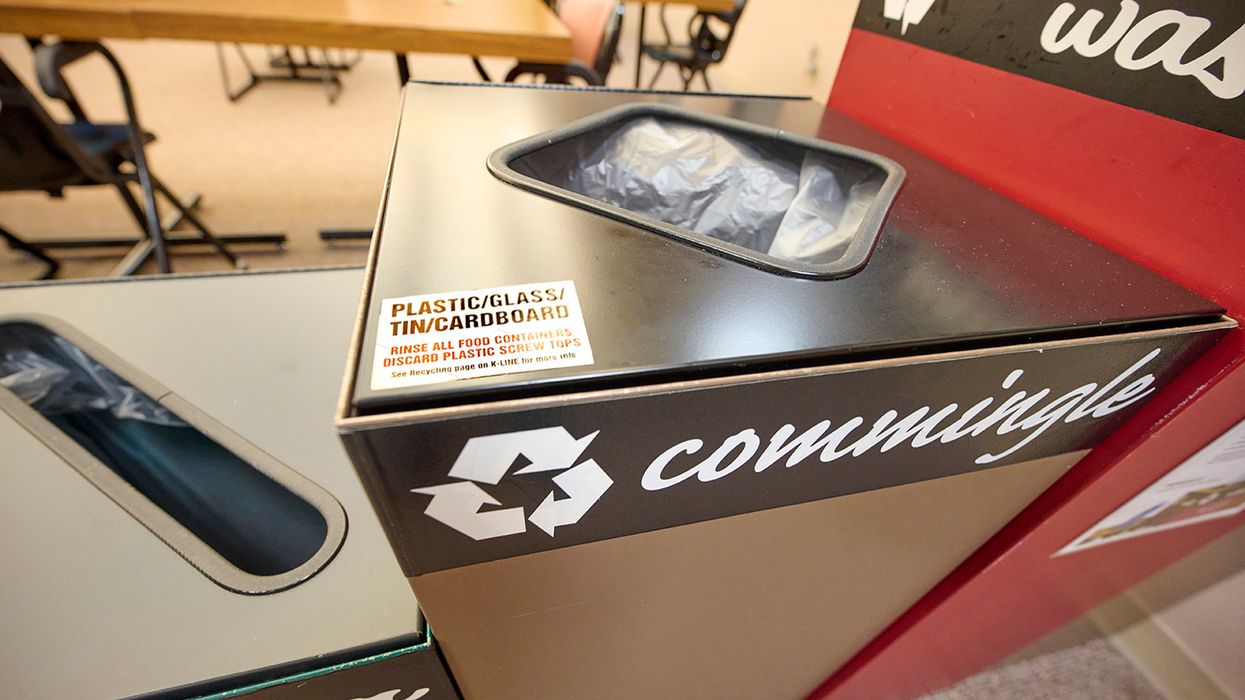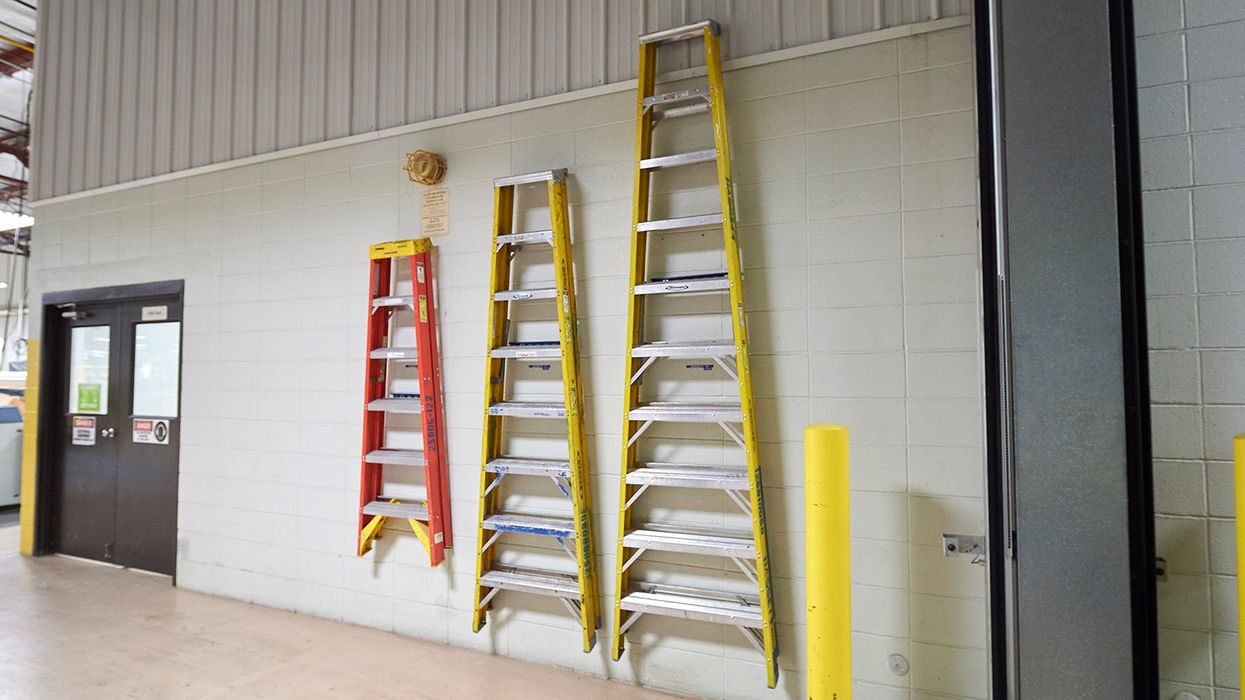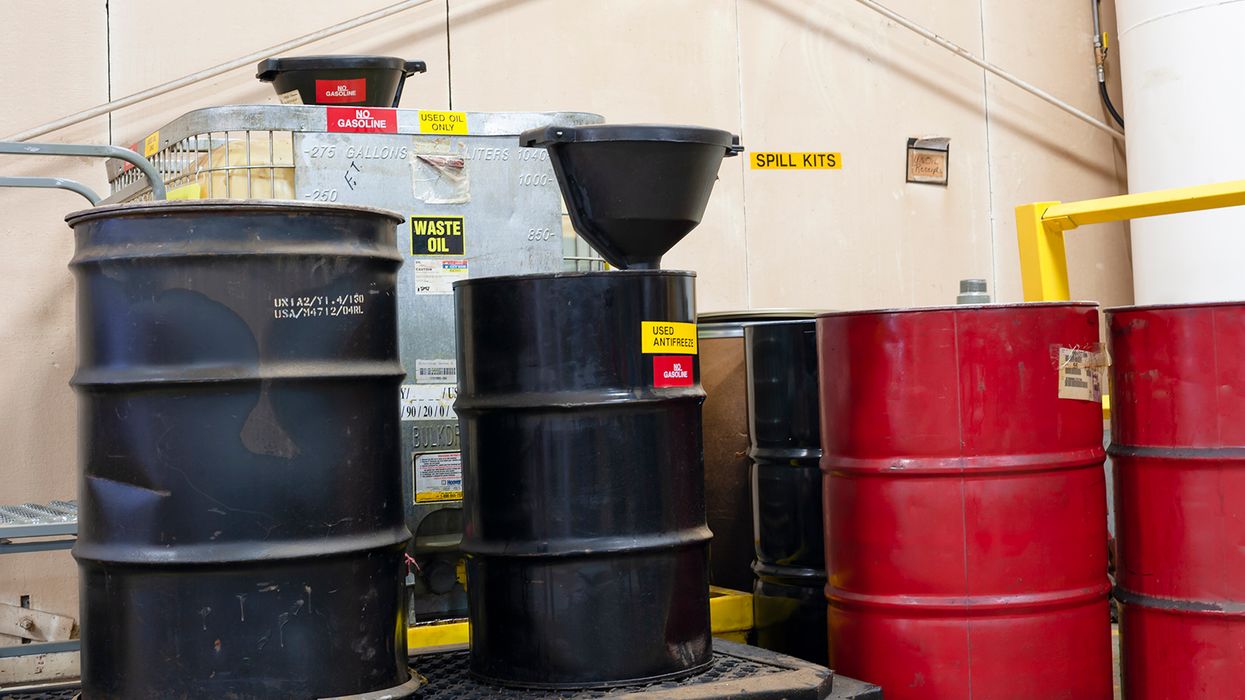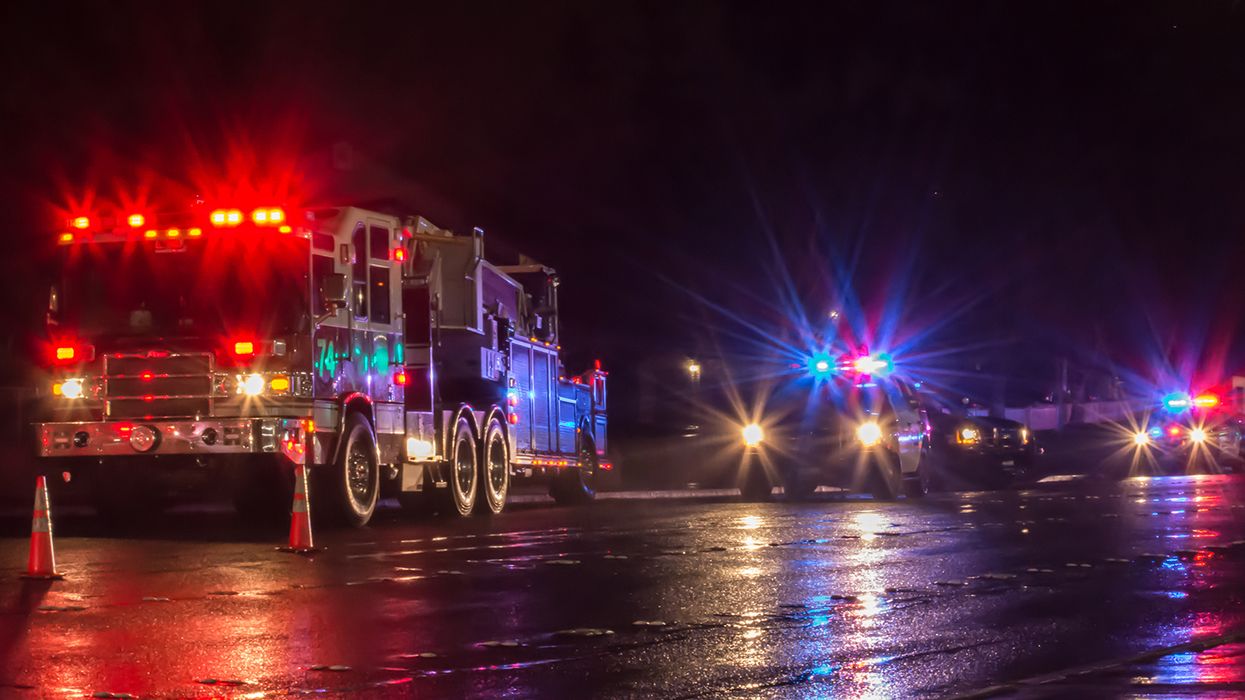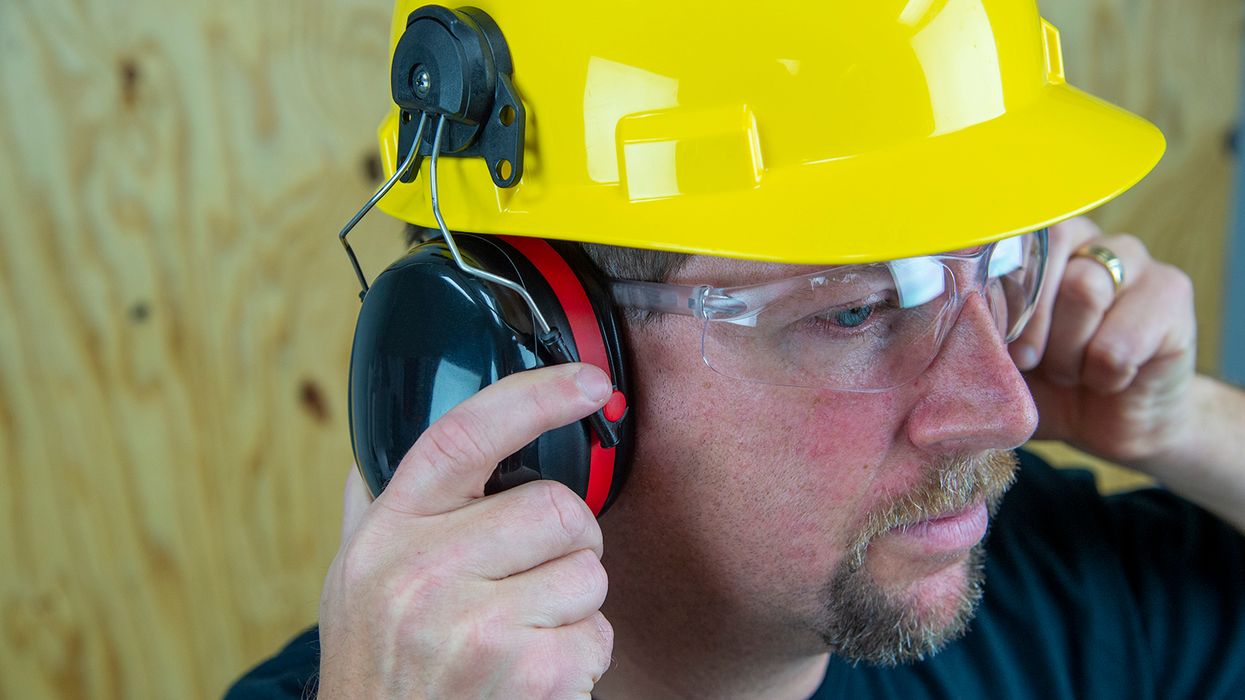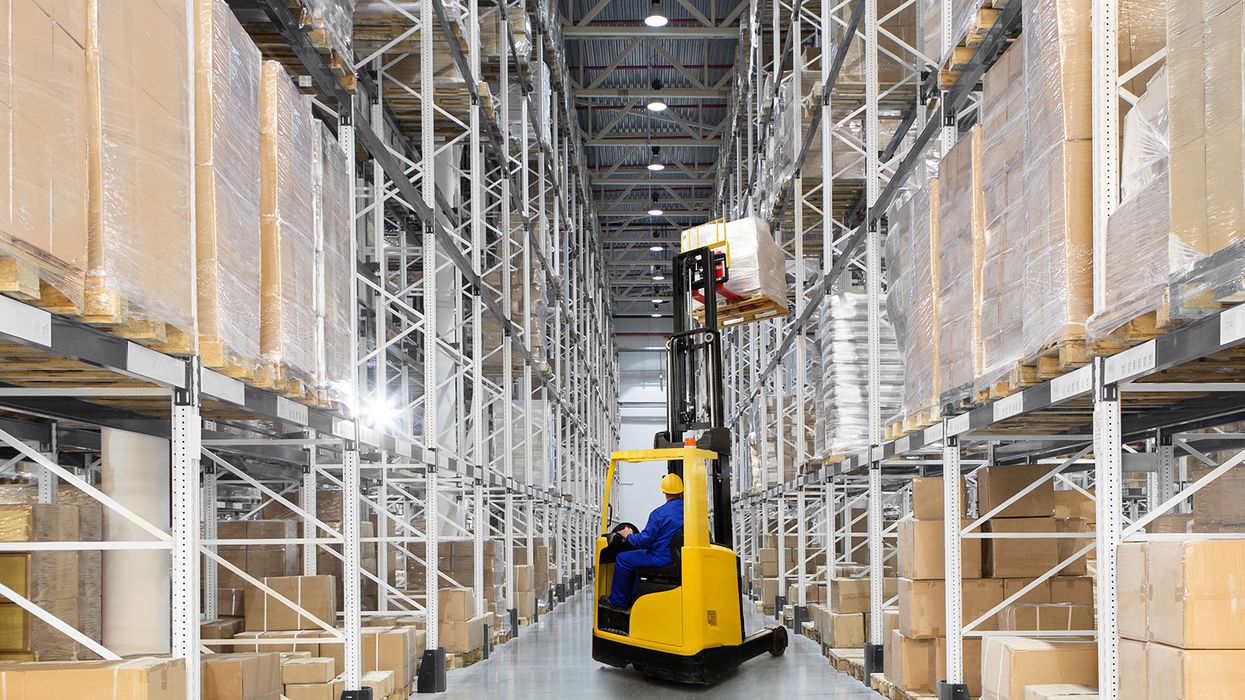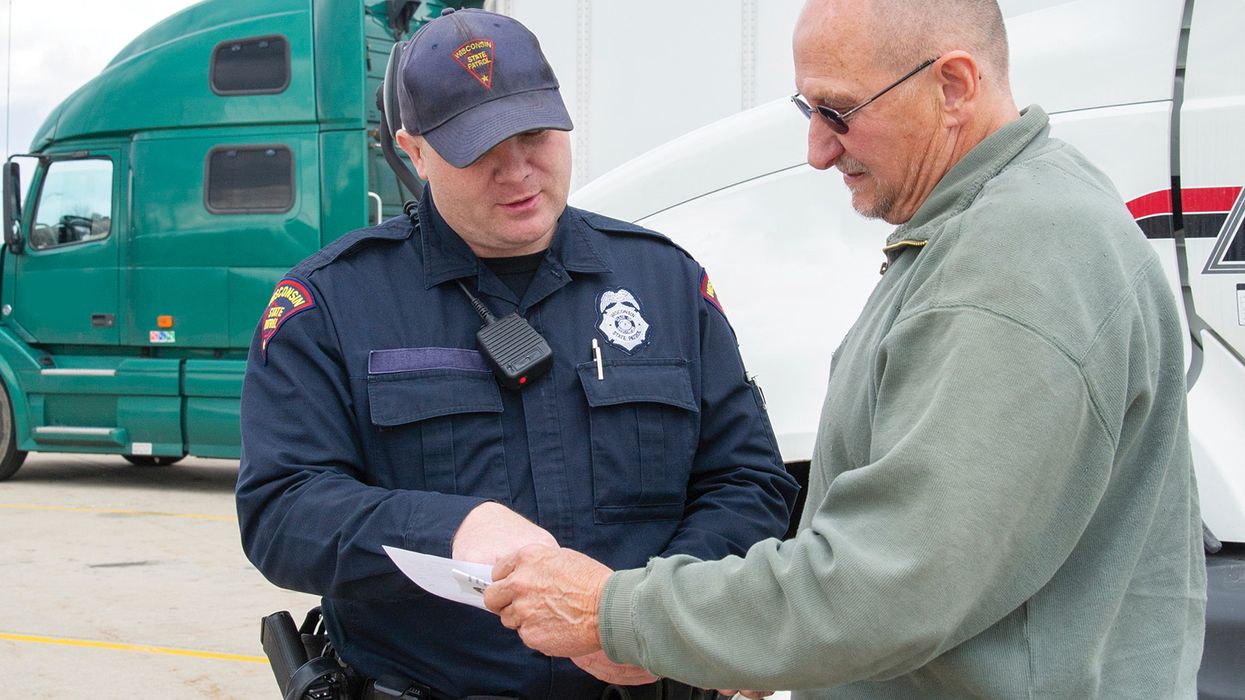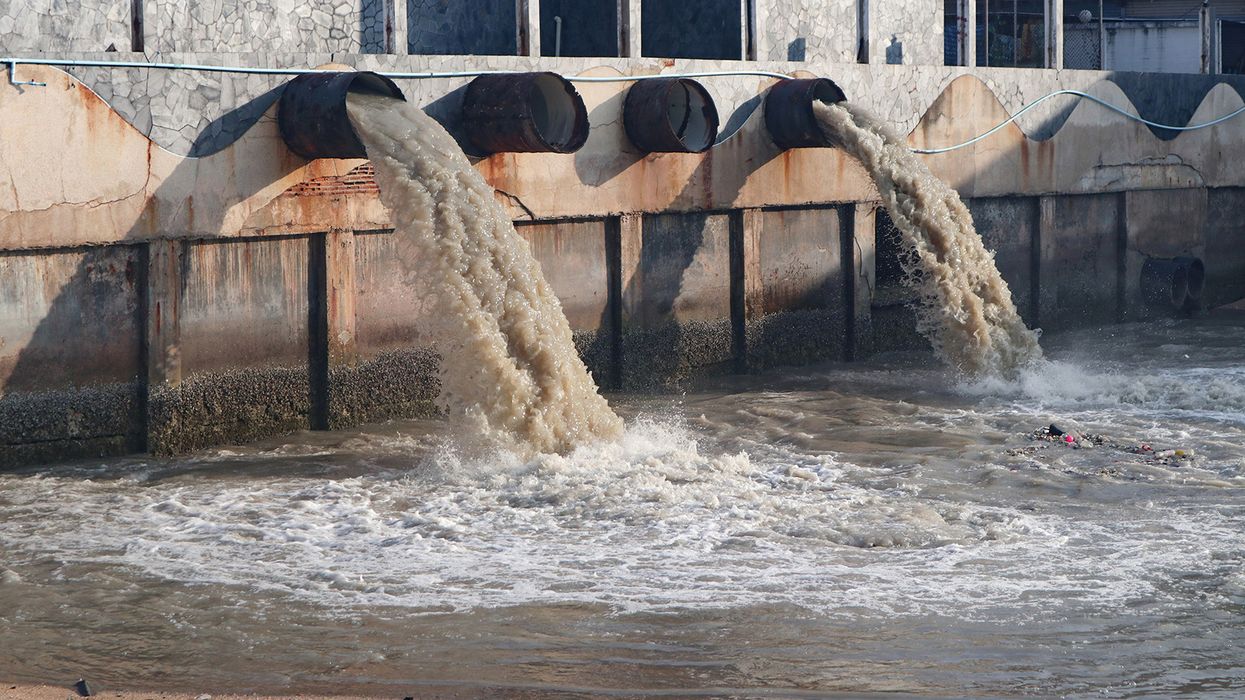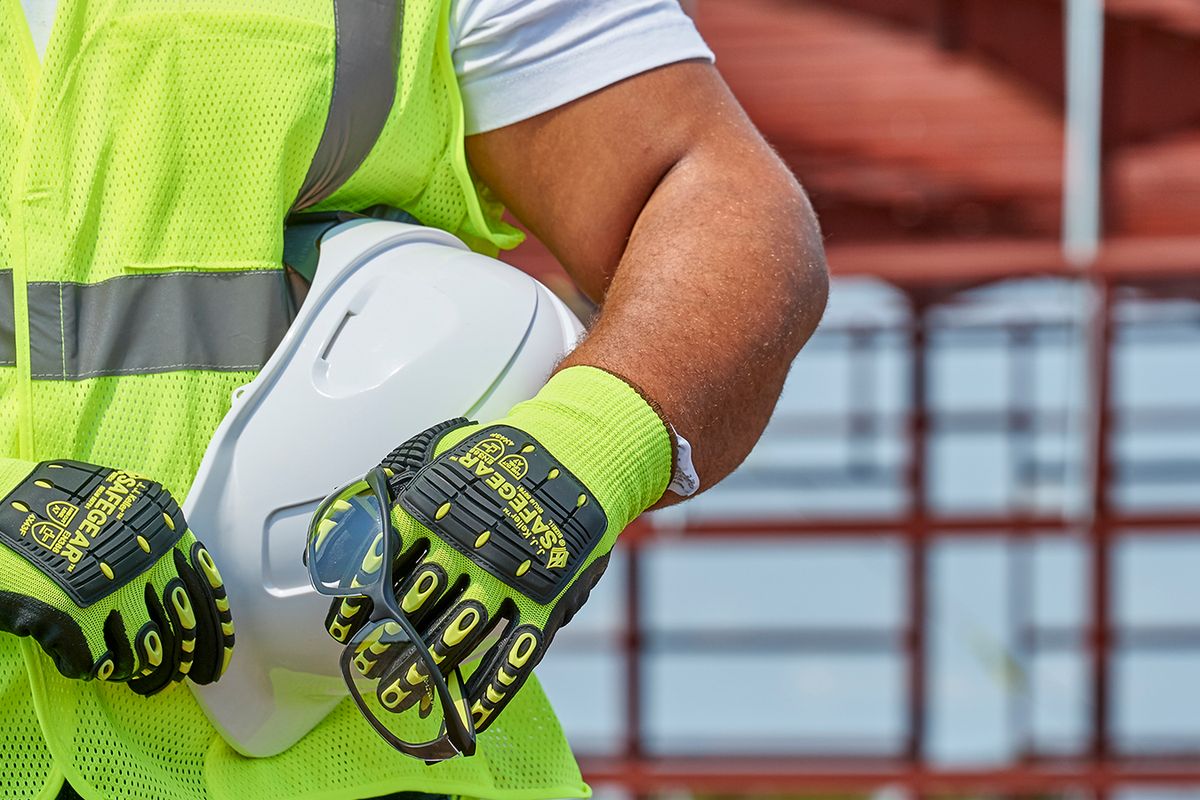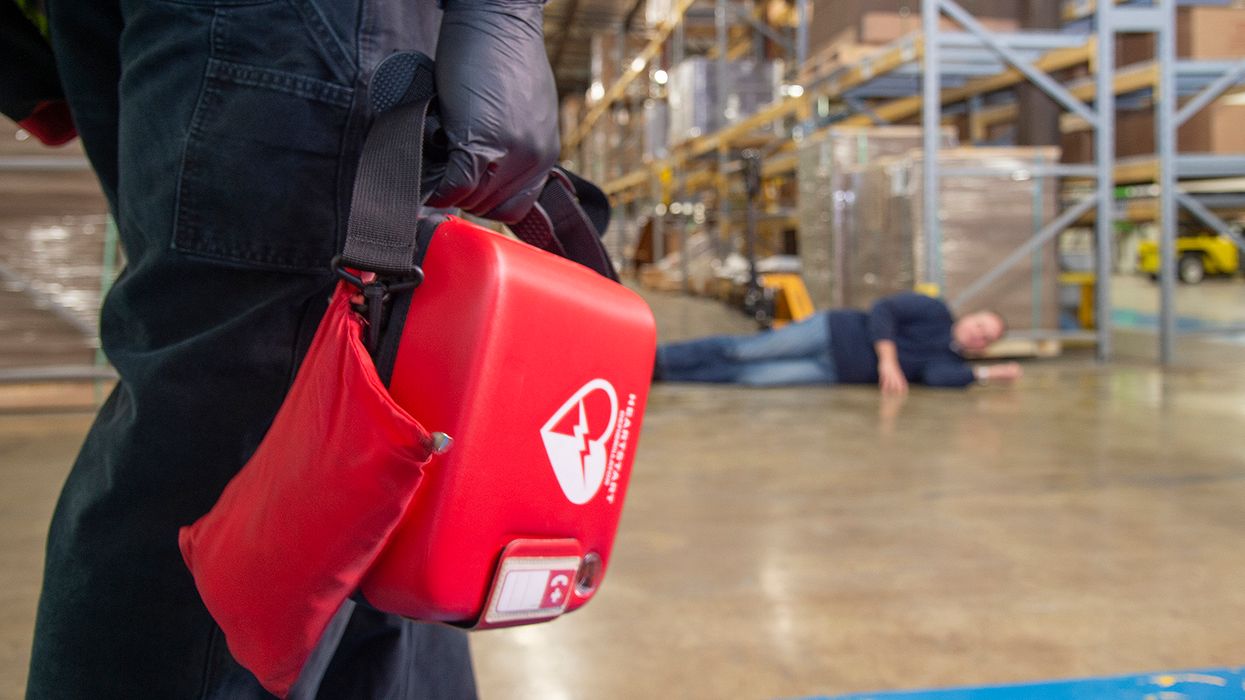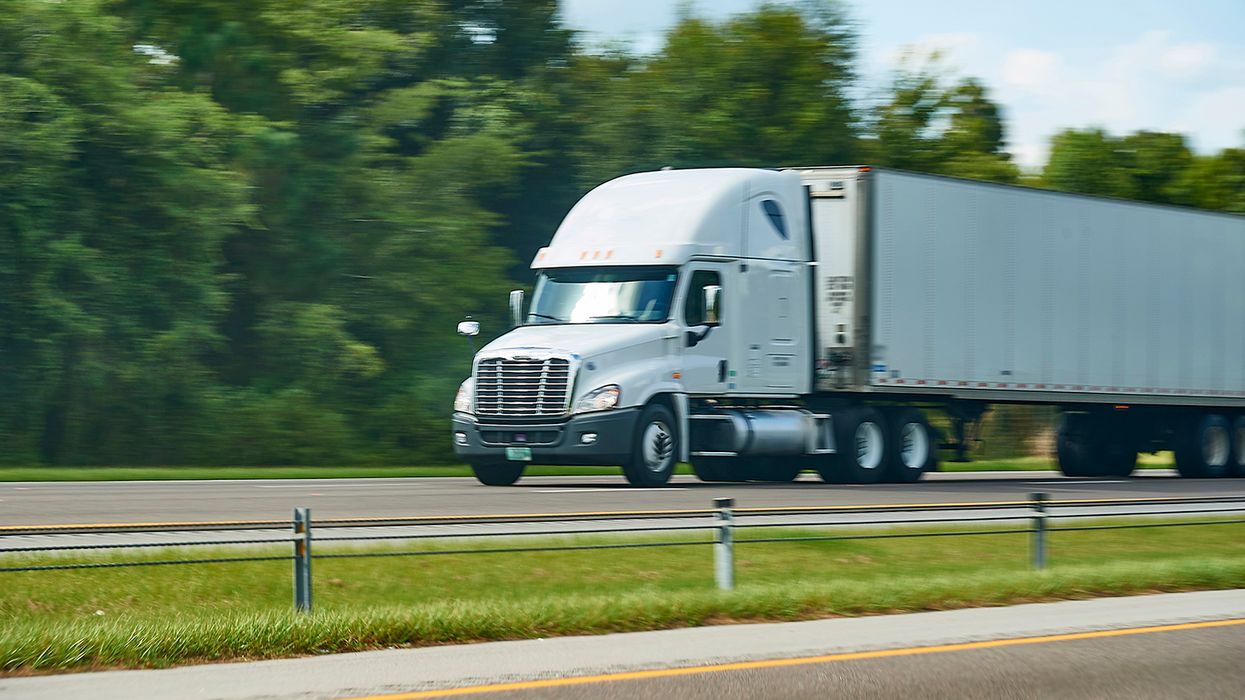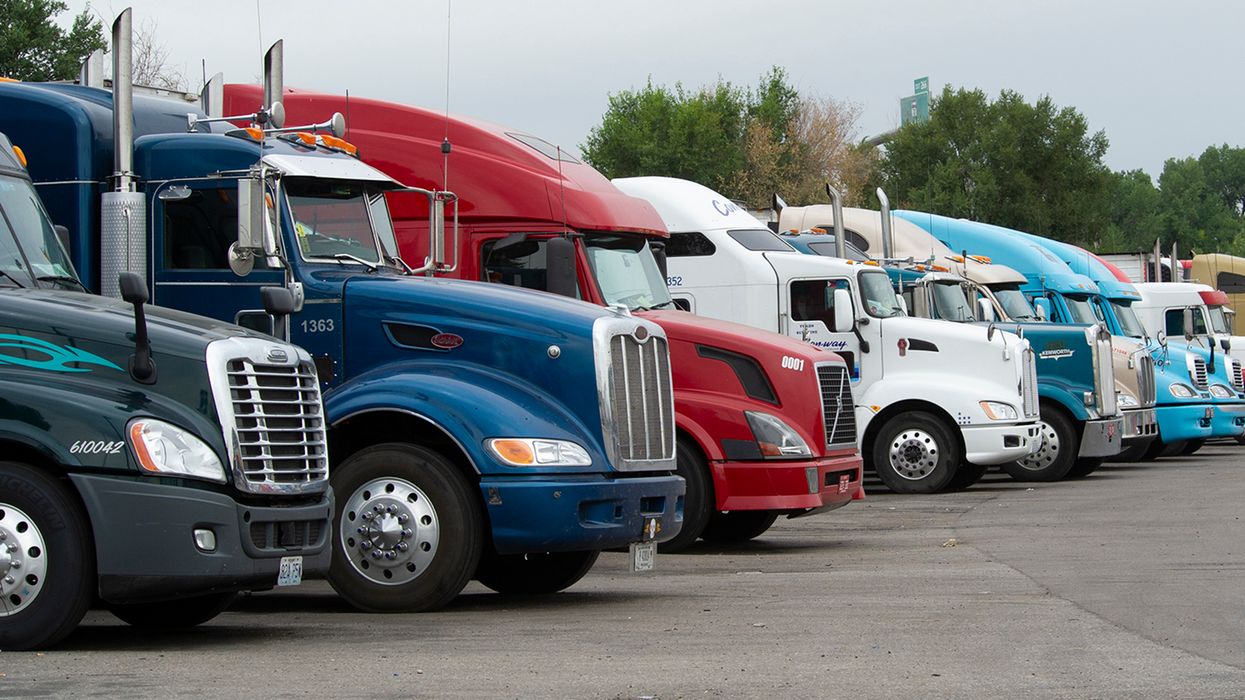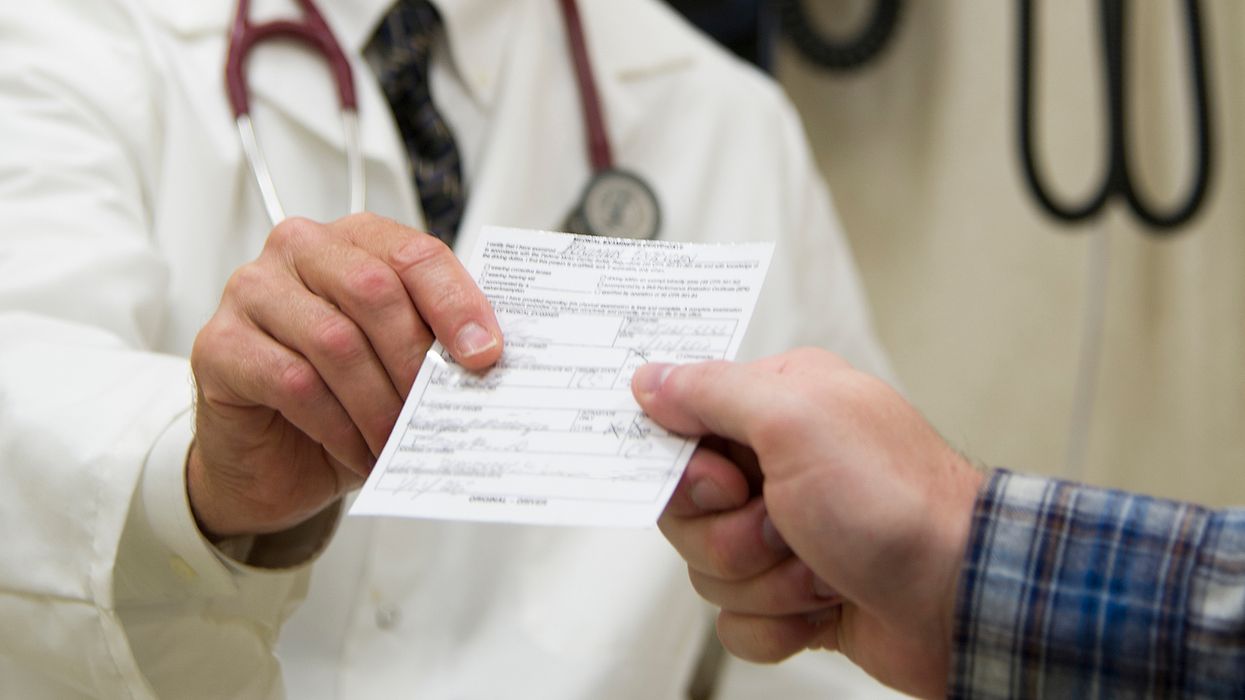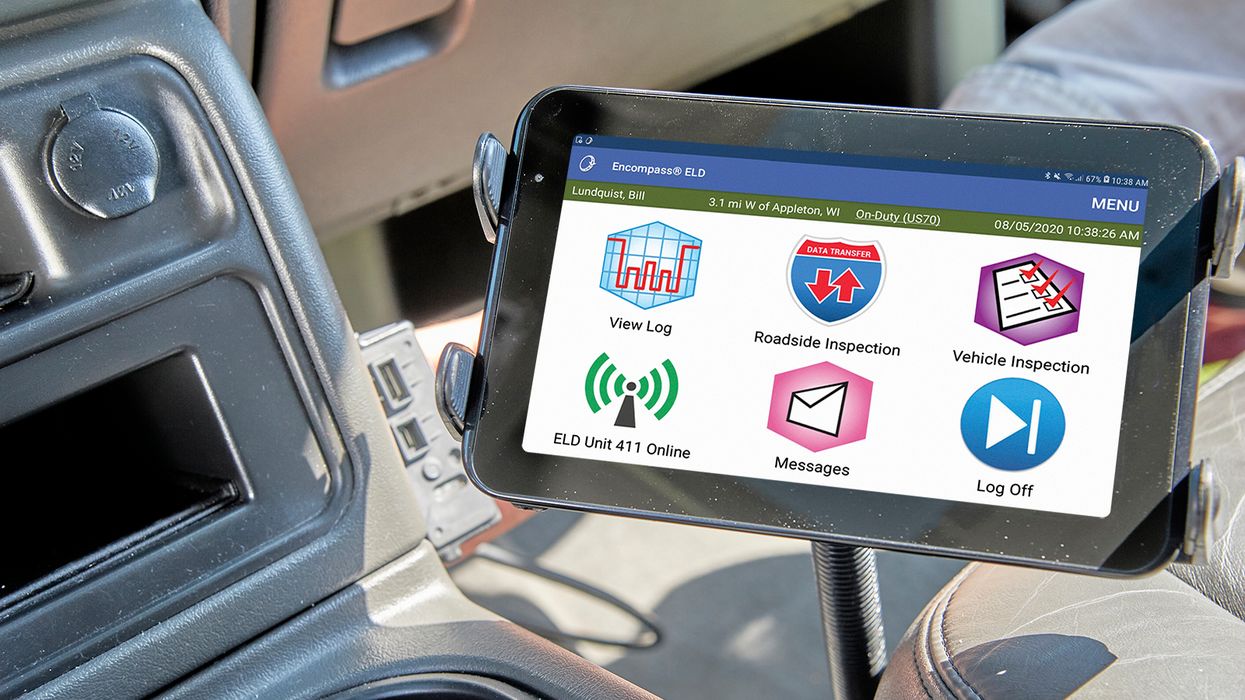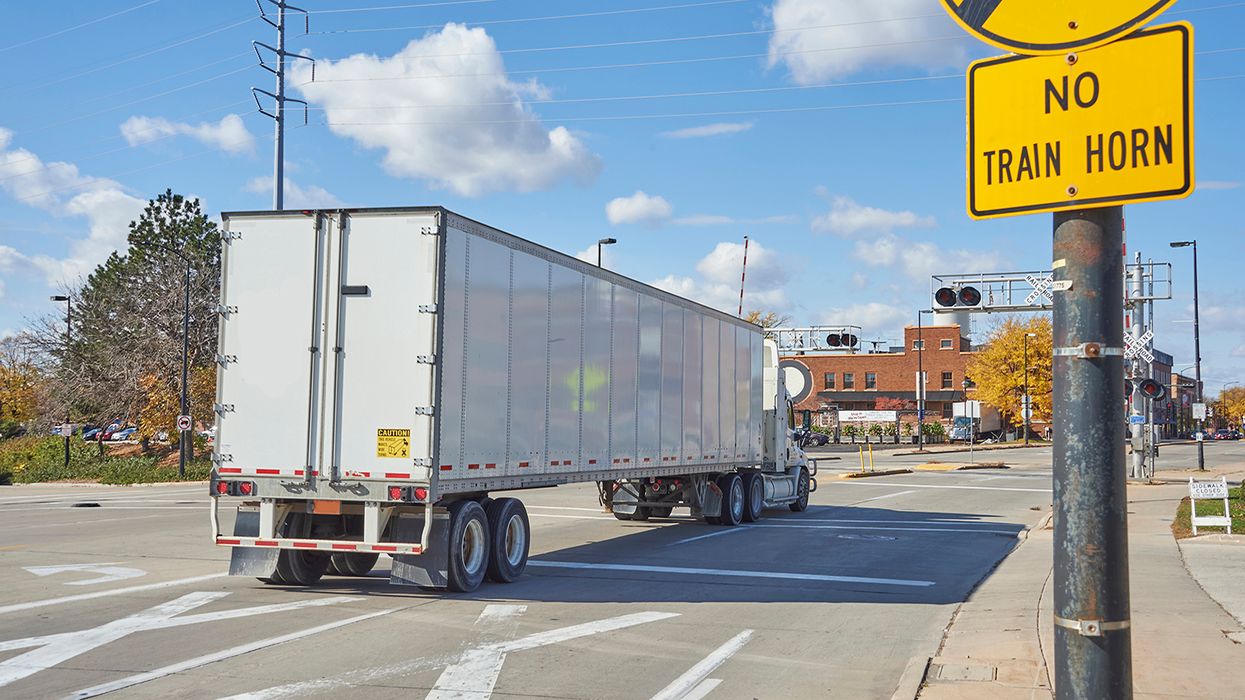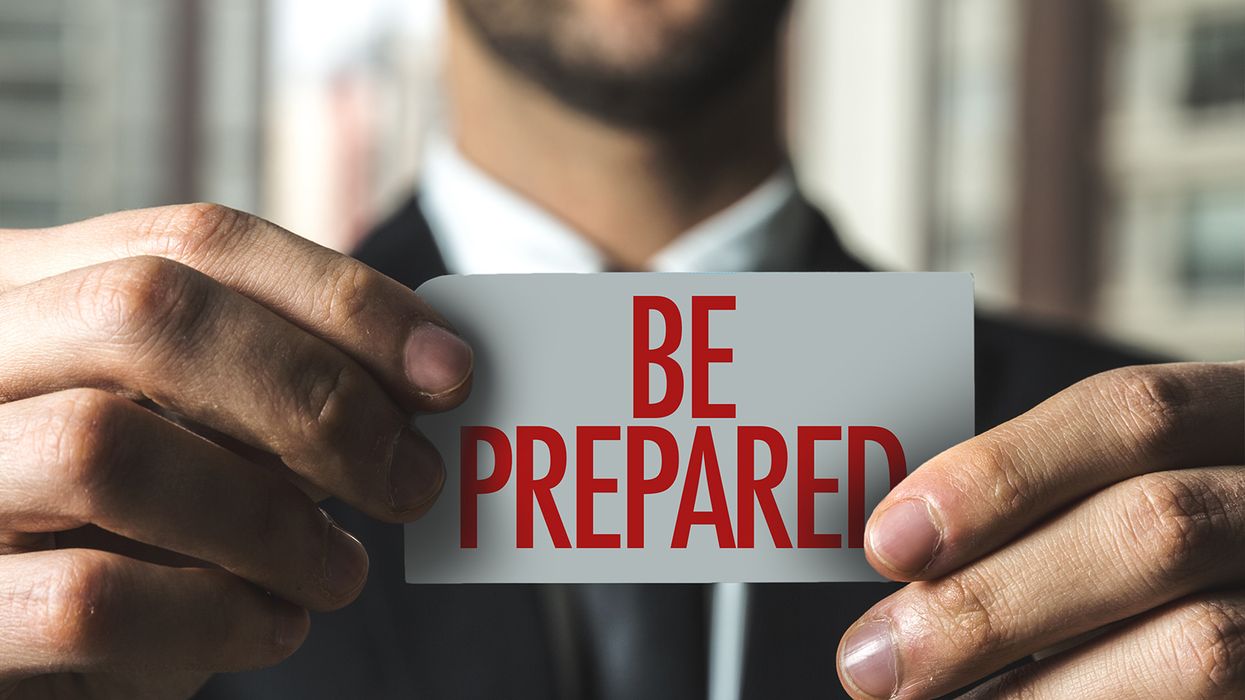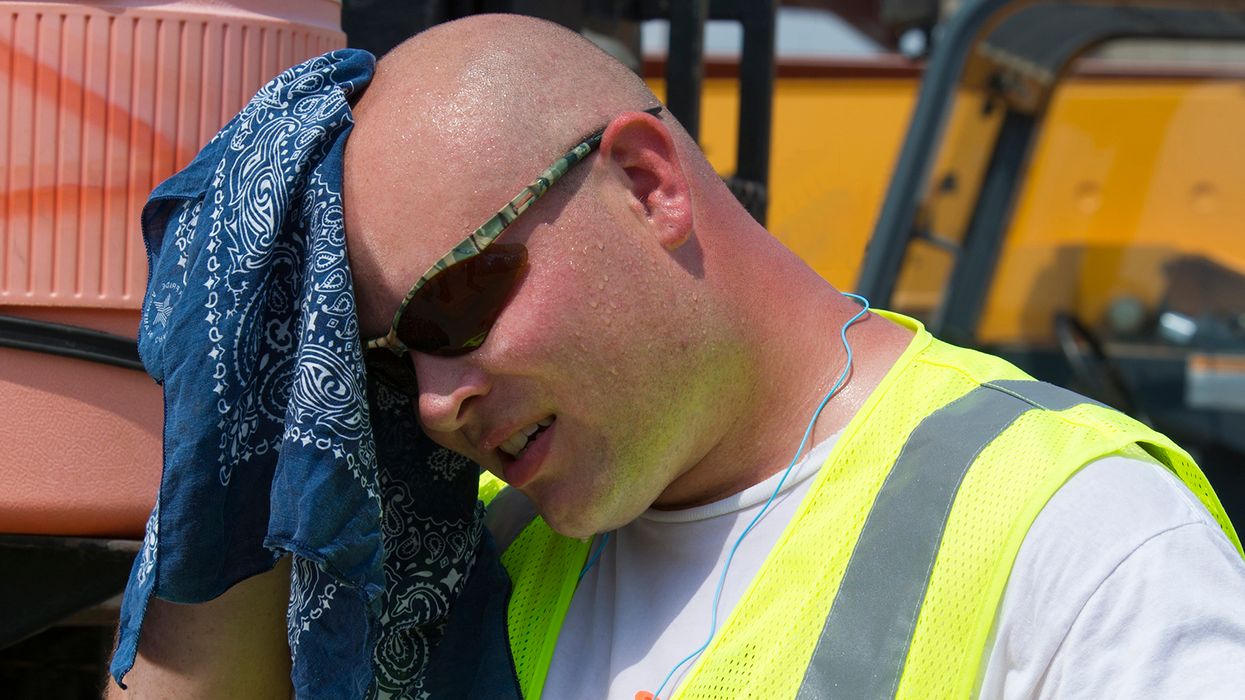What would you do if your vehicle fell from a bridge?
The recent collapse of the Francis Scott Key Bridge in Baltimore, Maryland, should have us asking ourselves what we’d do if we were faced with a similar situation. What would you and your employees do if the vehicle you were in unexpectedly plummeted into cold, turbulent waters?
The Federal Highway Commission identified in 2012 that eleven percent of our nation’s 607,000 bridges were considered structurally deficient. Just a year later, the American Society of Civil Engineers reported that one in nine bridges remained structurally deficient. Considering that the average age of United States bridges is over fifty years old, are we doing all we can to keep people safe when bridges fail?
How often are vehicles falling off bridges?
You’ll notice I said “when” bridges fail. We need to anticipate and prepare for catastrophes that are bound to occur despite our best efforts. After all, the Francis Scott Key Bridge isn’t the only bridge that has failed in the U.S. Here are several other deadly examples:
| Sunshine Skyway Bridge, FL | May 9, 1980 | A ship hit a bridge in fog | 35 fatalities |
| Cypress Freeway Viaduct, CA | October 17, 1989 | Earthquake | 42 fatalities |
| Big Bayou Canot, Mobile, AL | September 22, 1993 | A barge hit a railroad bridge | 47 fatalities |
| I-40 Bridge, Webbers Falls, OK | May 26, 2002 | A barge was pushed into a bridge | 14 fatalities |
| I-35 Bridge, Minneapolis, MN | August 1, 2007 | Support plates were too thin and failed | 13 fatalities |
On a positive note, not all bridge collapses have resulted in fatalities. For example, several people in six vehicles survived the January 29, 2022, Fern Hollow bridge collapse in Pittsburgh, PA.
What can we learn from these survivors? Lives can be saved if we plan, communicate, and practice essential vehicle escape skills.
Plan - Communicate - Practice
Planning is key when it comes to preventing catastrophic events like those listed above. We can take proactive measures such as constructing barricades to safeguard bridge support structures; rerouting vessels, trains, and trucks away from vulnerable areas; or reassessing bridge designs. Yet, despite our best efforts, the unpredictable forces of nature or human error can throw us off course. That’s why it’s imperative that we plan for emergencies and hone our survival skills. By doing so, we are better prepared to navigate the treacherous waters of uncertainty.
Communicating the reality to workers of potential bridge failures is critical. Bad things happen, so keeping our heads in the sand is not an effective option. When vehicle operators understand conditions that increase bridge collapse likelihood, they’re better equipped to make safer decisions. For example, they can select a different route, avoid driving under certain weather conditions, and ensure their vehicle is equipped with emergency supplies.
Practicing lifesaving skills goes beyond just reading a few steps to take or watching a video. The best practice includes hands-on training. Try sitting in your vehicle and imagine having been plunged into a dark, frigid river. In this situation, remaining calm and quickly following escape measures are essential for survival.
Stay calm and survive!
Here are the critical components for surviving a vehicle plunge:
1. Stay calm! The shock of the situation coupled with fear and cold water will take your breath away. It’s essential to gain control of your breathing immediately to preserve as much oxygen as possible.
2. Act quickly! You’ll have approximately one to two minutes to:
- Remove seatbelt — remaining calm will help you find and disengage the latch.
- Open window —doing this within the first 10-15 seconds before water pressure prevents the window from movement or electric windows are short-circuited from water. It’s recommended to open a back window first, if possible, since the engine of the car tends to sink first.
- Assist passengers — especially when traveling with children. Assisting children first starting with the oldest so they can help others escape the vehicle.
3. Don’t resist! It’s human nature to act out during a frightening experience as a fight or flight response. However, control your breathing and allow the responders to assist. If the car is sinking, don’t hang on to it. Instead, swim to shore. If unable to swim, find something buoyant nearby to hold on to and make yourself as visible as possible. If your vehicle remains partially above water, hold on to it until help can arrive.
Key to remember: Employers should train workers on bridge collapse potential and provide survival practice drills for escaping from a sinking vehicle.





















